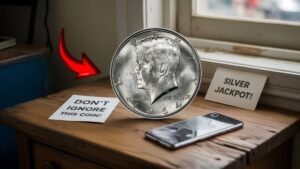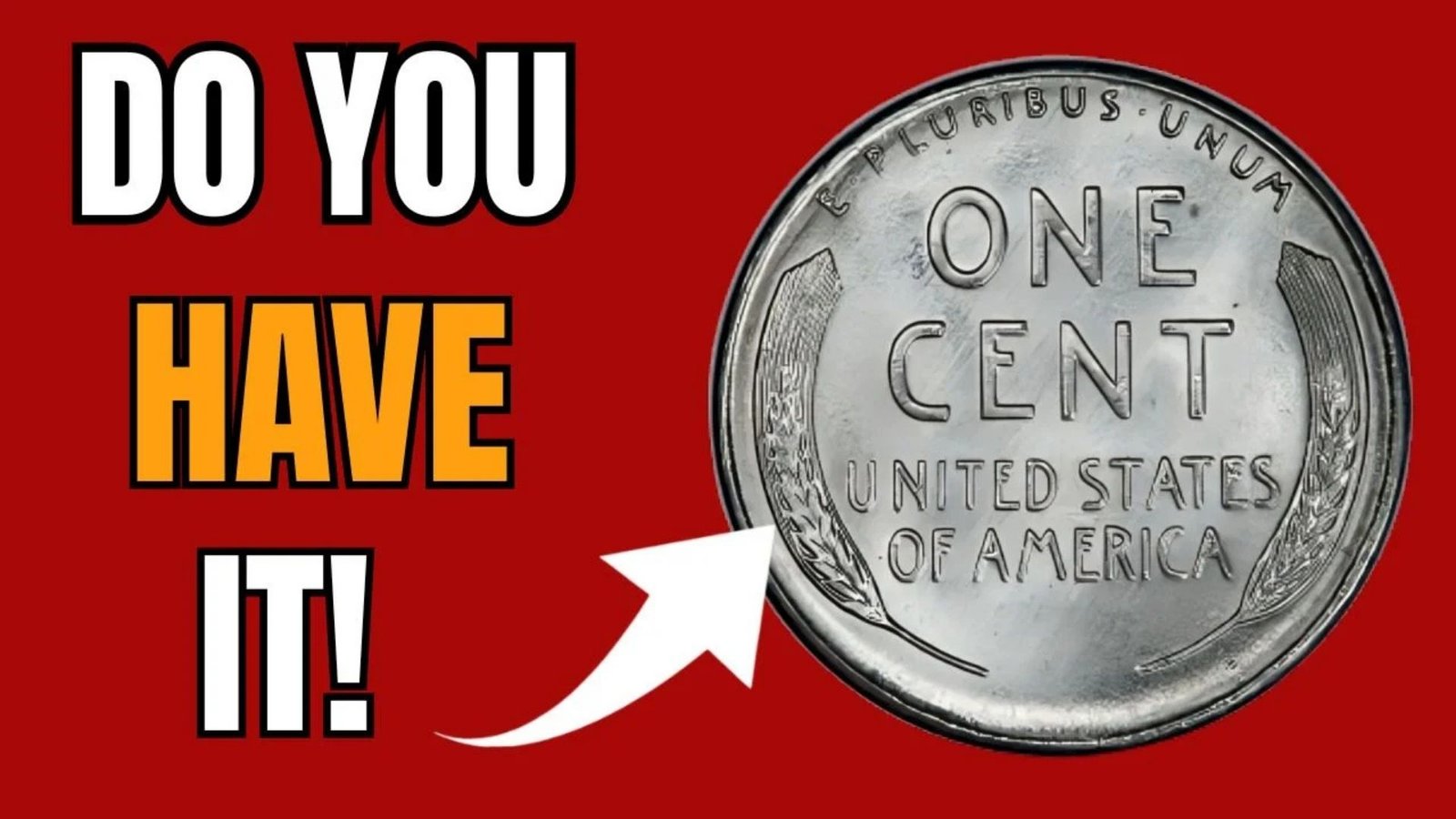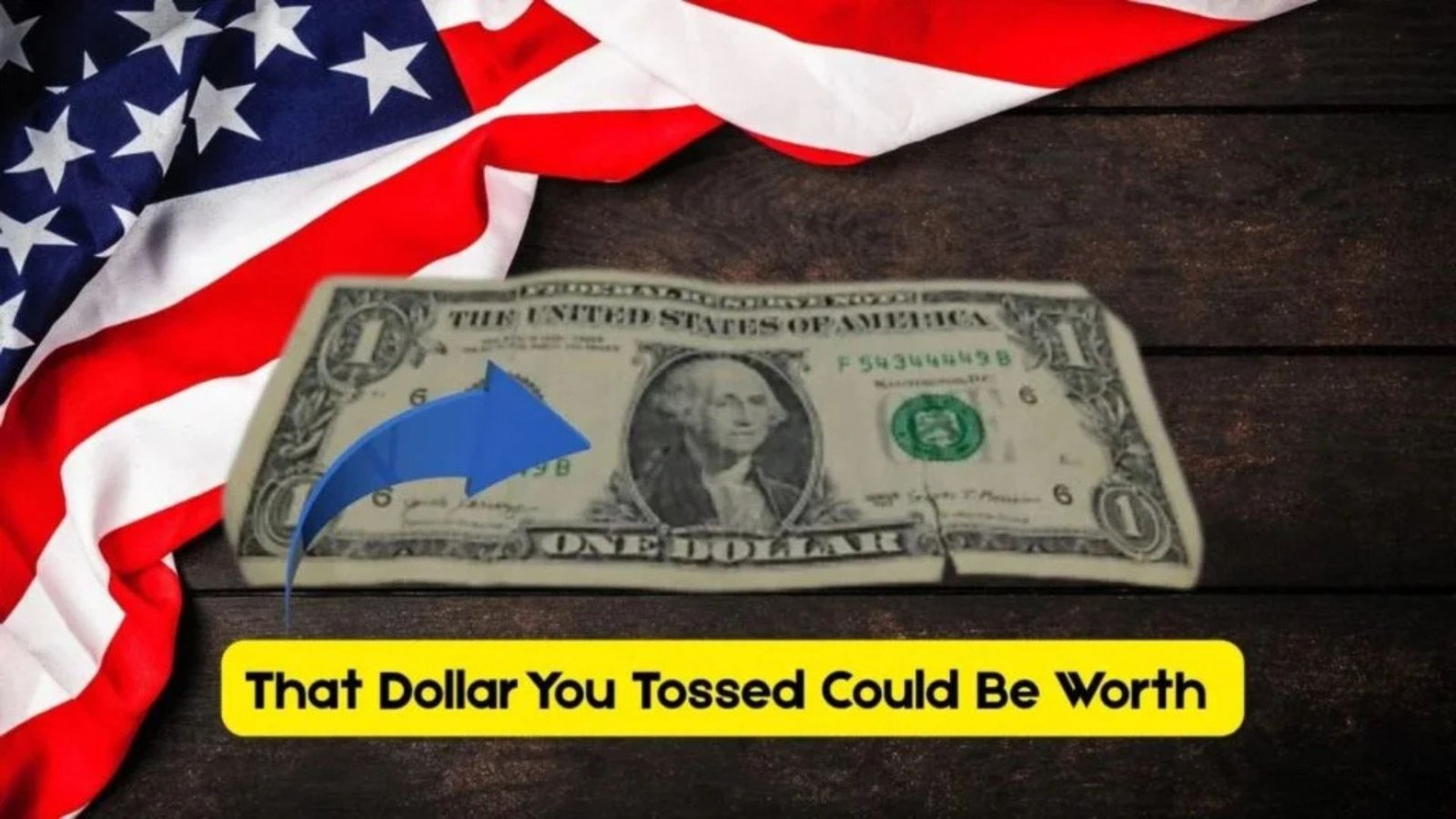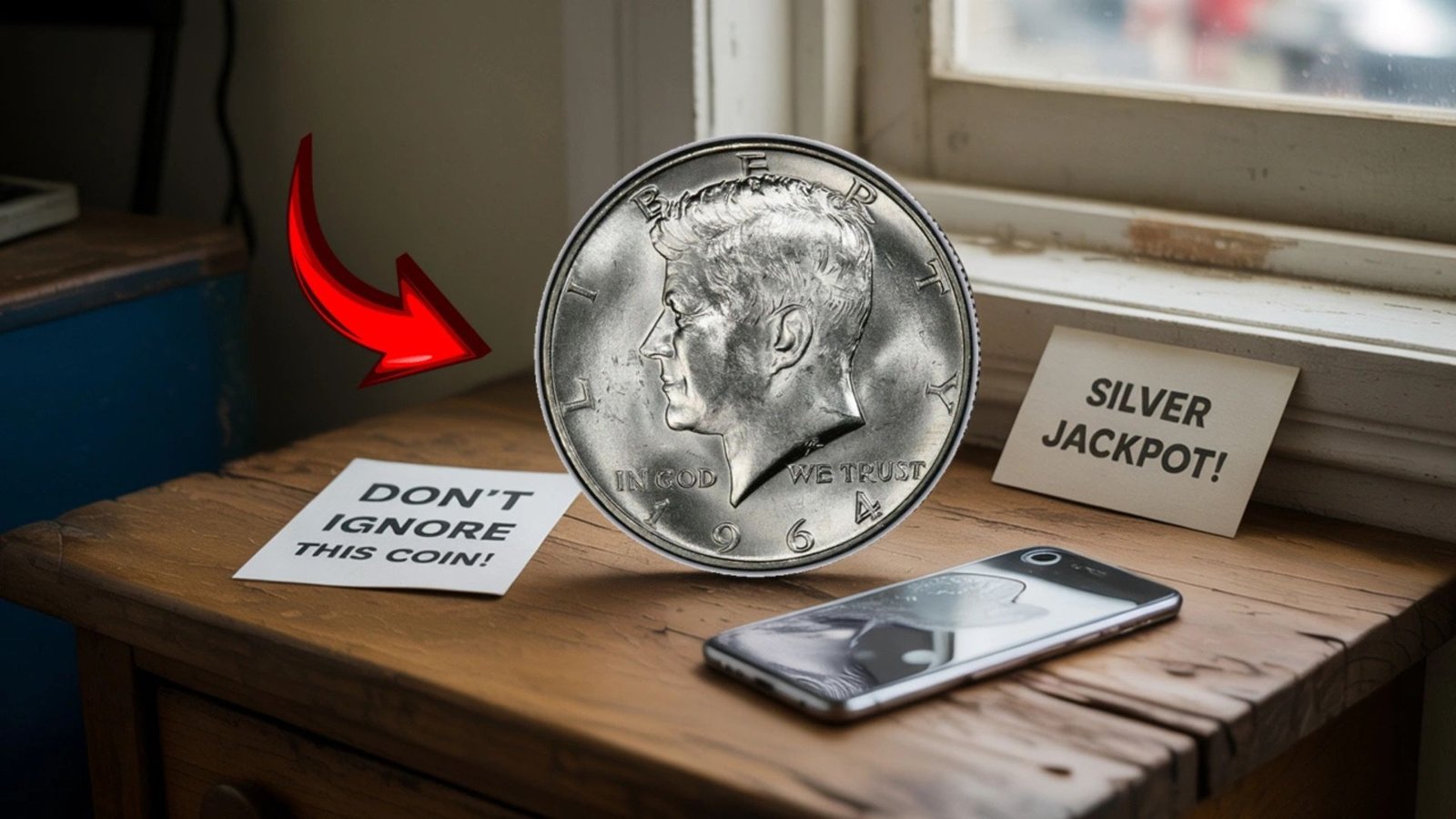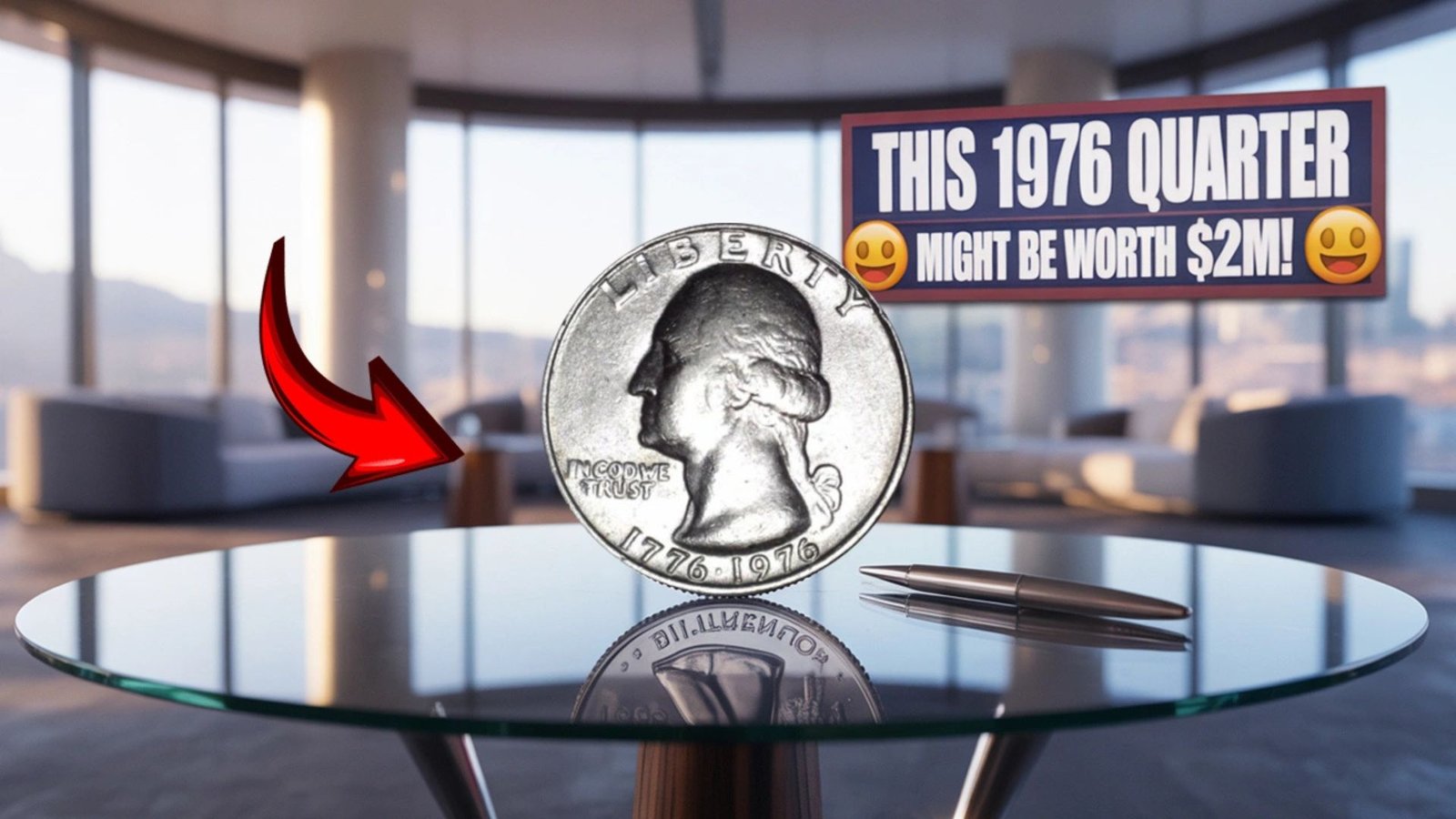Trichotillomania, often called “trich,” is a condition where someone feels an urge to pull out their hair, leading to noticeable hair loss and emotional distress. Actress Olivia Munn has openly shared her experience with this condition, shedding light on a topic that affects many but is often misunderstood. In this article, we’ll explore what trichotillomania is, how it impacts people, and Olivia Munn’s story, using simple language to make it easy to understand. We’ll also provide practical information, tips, and resources for those dealing with this condition.
What Is Trichotillomania?
Trichotillomania is a mental health condition where a person repeatedly pulls out their hair, often from their scalp, eyebrows, or eyelashes. This isn’t just a habit—it’s a condition that can cause emotional pain, shame, and physical changes like bald patches. People with trich often feel a strong urge to pull their hair, and doing so may briefly feel relieving, but it’s followed by guilt or frustration.
Symptoms of Trichotillomania
- Hair Pulling: Repeatedly pulling hair from the scalp, eyebrows, eyelashes, or other areas.
- Tension Before Pulling: Feeling a strong urge or tension before pulling hair.
- Relief After Pulling: A sense of relief or satisfaction after pulling, though it’s often short-lived.
- Visible Hair Loss: Bald spots or thinning hair in specific areas.
- Emotional Distress: Feelings of shame, guilt, or embarrassment about hair pulling or hair loss.
- Attempts to Stop: Trying to stop pulling but finding it hard to control the urge.
Who Does It Affect?
Trichotillomania can affect anyone, but it often starts in childhood or adolescence. It’s more common in women than men, though researchers aren’t sure why. Stress, anxiety, or other mental health conditions like depression can make symptoms worse. According to the TLC Foundation for Body-Focused Repetitive Behaviors, about 1-2% of people may experience trichotillomania at some point in their lives.
Olivia Munn’s Experience with Trichotillomania
Olivia Munn, known for roles in films like X-Men: Apocalypse and The Predator, has been open about her struggles with trichotillomania. She first spoke about it publicly to help others feel less alone. Munn has shared that she used to pull out her eyelashes, especially during stressful times. This behavior started when she was younger and was linked to feelings of anxiety.
How Olivia Munn Manages Her Condition
Munn has worked with therapists and used strategies to manage her urges. She’s emphasized the importance of understanding the condition and seeking help. By sharing her story, she hopes to reduce the stigma around trichotillomania and encourage others to seek support. Her openness has inspired many to talk about their own experiences and seek treatment.
Why Her Story Matters
When celebrities like Olivia Munn share their struggles, it helps break the silence around mental health issues. Her story shows that trichotillomania doesn’t define a person’s worth or success. It also highlights that with the right support, people can manage their symptoms and live fulfilling lives.
Causes and Triggers of Trichotillomania
The exact cause of trichotillomania isn’t fully understood, but experts believe it’s a mix of genetic, environmental, and psychological factors. Here are some common triggers:
| Trigger | Description |
|---|---|
| Stress or Anxiety | High stress or anxious moments can increase the urge to pull hair. |
| Boredom or Inactivity | Hair pulling may happen during downtime, like watching TV or reading. |
| Emotional Distress | Feelings of sadness, anger, or frustration can trigger pulling episodes. |
| Sensory Stimulation | Some people pull hair to satisfy a sensory need, like feeling a certain texture. |
| Perfectionism | A desire to “fix” uneven hair or skin can lead to pulling. |
Risk Factors
- Family History: If a close family member has trichotillomania or similar conditions, you may be more likely to develop it.
- Other Mental Health Issues: Conditions like anxiety, depression, or obsessive-compulsive disorder (OCD) often occur alongside trich.
- Age: Trichotillomania often starts between ages 10 and 13, though it can begin at any age.
Treatment Options for Trichotillomania
There’s no one-size-fits-all cure for trichotillomania, but several approaches can help manage symptoms. Here are some common treatments:
Therapy
- Cognitive Behavioral Therapy (CBT): This therapy helps people identify and change negative thought patterns. A specific type, called Habit Reversal Training (HRT), teaches people to recognize urges and replace hair pulling with other actions, like squeezing a stress ball.
- Acceptance and Commitment Therapy (ACT): This focuses on accepting urges without acting on them and living according to personal values.
Medication
In some cases, doctors may prescribe medications like antidepressants to help with anxiety or depression that worsens trichotillomania. Always consult a doctor before starting any medication.
Support Groups
Joining a support group, either in-person or online, can provide a sense of community. The TLC Foundation offers resources and support groups for people with trichotillomania.
Self-Help Strategies
- Keep Hands Busy: Fidget toys, knitting, or drawing can distract from the urge to pull.
- Track Triggers: Write down when and why you feel the urge to pull to better understand your patterns.
- Practice Relaxation: Techniques like deep breathing or meditation can reduce stress and urges.
- Cover Mirrors: Avoiding mirrors can help if pulling is triggered by seeing uneven hair or skin.
How to Support Someone with Trichotillomania
If someone you know has trichotillomania, your support can make a big difference. Here’s how you can help:
- Be Understanding: Avoid judging or telling them to “just stop.” Trich is a medical condition, not a choice.
- Encourage Treatment: Gently suggest seeking help from a therapist or support group.
- Listen Without Judging: Let them share their feelings without fear of criticism.
- Learn About the Condition: Understanding trichotillomania can help you offer better support.
Conclusion
Trichotillomania is a challenging condition, but with the right tools and support, people can manage their symptoms and lead happy lives. Olivia Munn’s courage in sharing her story highlights the importance of openness and seeking help. Whether you’re dealing with trichotillomania yourself or supporting someone who is, know that you’re not alone. Resources like therapy, support groups, and self-help strategies can make a big difference. By raising awareness, we can reduce the stigma and help more people find the support they need.
FAQs
What is trichotillomania?
Trichotillomania is a condition where someone feels a strong urge to pull out their hair, leading to hair loss and emotional distress.
Can trichotillomania be cured?
There’s no cure, but treatments like therapy, medication, and self-help strategies can help manage symptoms effectively.
How common is trichotillomania?
About 1-2% of people may experience trichotillomania at some point, often starting in childhood or adolescence.
How can I help someone with trichotillomania?
Be supportive, avoid judgment, encourage professional help, and learn about the condition to understand their experience better.
Where can I find support for trichotillomania?
Organizations like the TLC Foundation for Body-Focused Repetitive Behaviors offer resources, support groups, and information.



